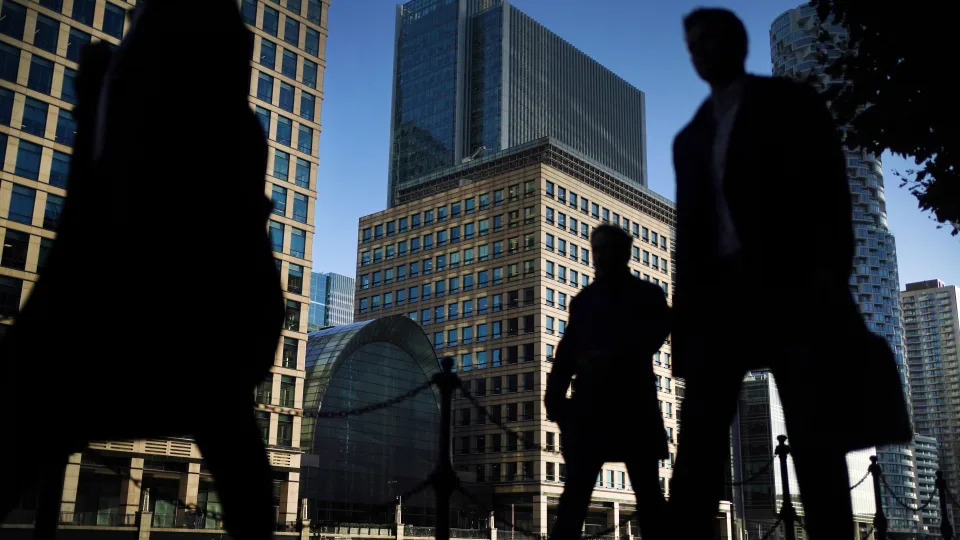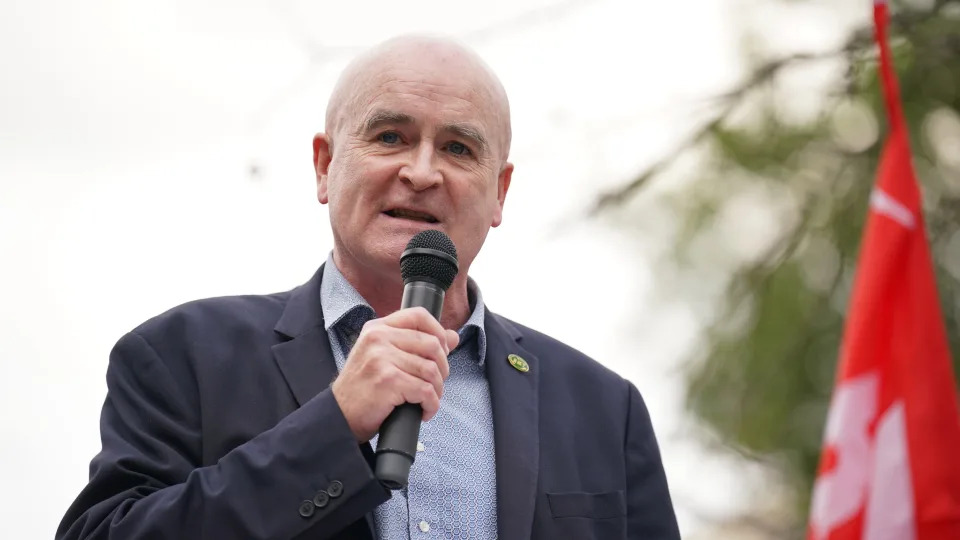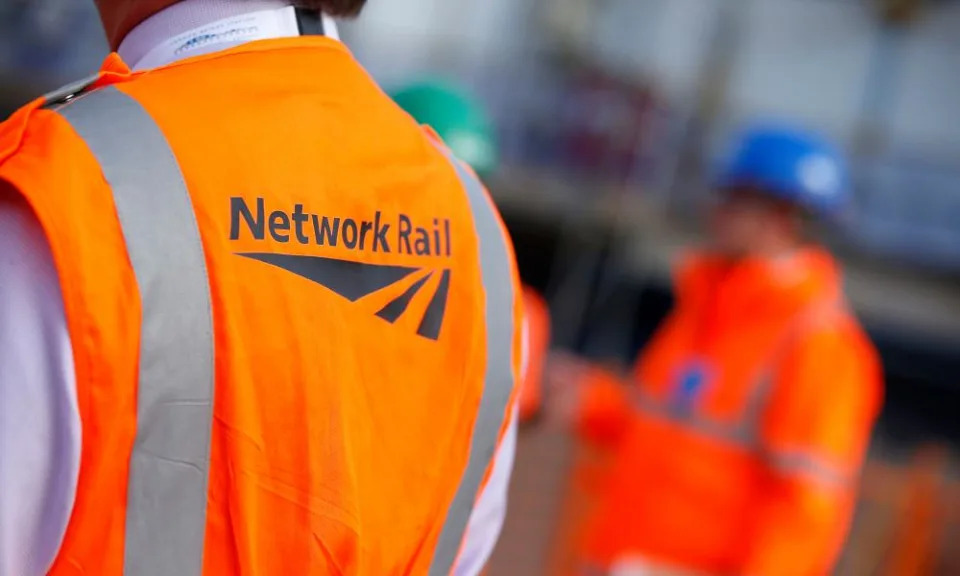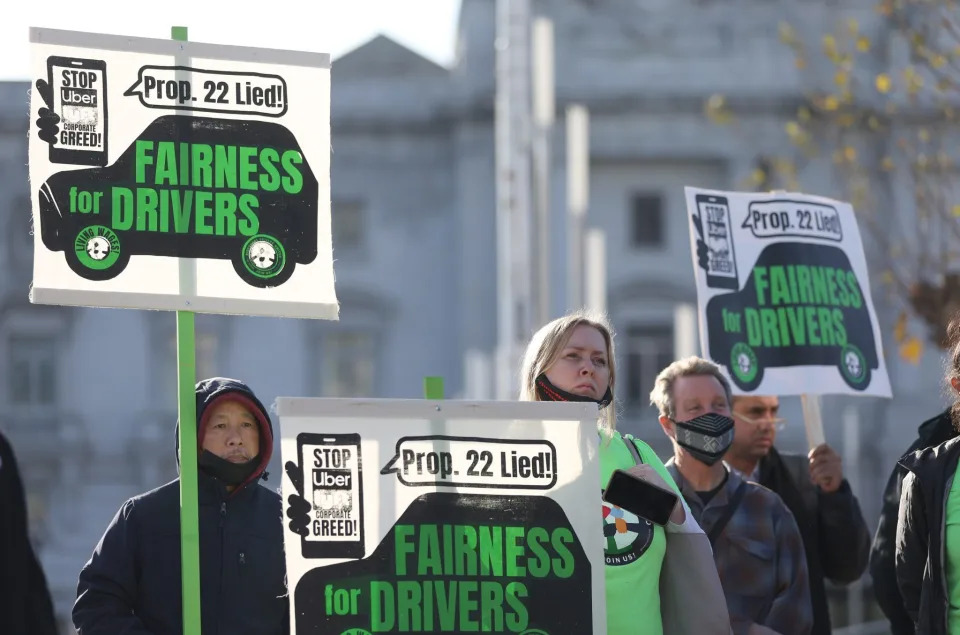Rebecca Speare-Cole, PA sustainability reporter
Tue, 29 August 2023

Investors are calling on UK-listed companies to increase efforts to tackle modern slavery, human trafficking and forced labour in their supply chains.
Sustainable investment firm CCLA, alongside a coalition of investors, has been engaging with companies as part of an initiative to combat modern slavery in their supply chain, strengthen public policy and develop better data.
The investors, which include Rathbones Group, Schroders and Church Commissioners for England, welcomed the steps taken by many UK businesses and the UK Government in recent years, including the passing of the Modern Slavery Act.
However, they said they are concerned that only a small number of firms have shared findings of modern slavery in their supply chains, making it difficult for investors to assess corporate actions on identifying and helping victims.
It comes as 86% of forced labour cases were found in the private sector, according to 2022 figures from the International Labour Organization, Walk Free and The International Organization for Migration.
In a report on the CCLA’s initiative released on Tuesday, the firm said it analysed the 2021 Modern Slavery Statements of FTSE 100 companies last year.
CCLA said it found the majority of the companies had published a modern slavery statement and average compliance with the Modern Slavery Act was 89%.
But it also said the number of firms publicly sharing that they had found, fixed or prevented modern slavery was much lower.
Only 20% reported action to find cases in their supply chain, 3% reported action to fix it and 18% reported action to prevent it, the CCLA said.
The coalition of investors working with CCLA are now calling on UK-listed companies to increase their efforts to identify human trafficking, forced labour, and modern slavery in their supply chain.
They are also urging firms to review, assess and disclose the effectiveness of their attempts to address the issues and to support the provision of remedy to victims of modern slavery within their supply chain.
The CCLA said it identified the hospitality and construction sectors for engagement in 2020 due to high risks of modern slavery and lower profile efforts to address them.
The work first saw “varied but positive results” in the hospitality sector after engagement with firms like Domino’s Pizza Group, Greggs, InterContinental Hotels Group (IHG), JD Wetherspoon, Marston’s and Tui group.
The coalition has now started engagement in the construction sector, including companies like Balfour Beatty, Bellway, Persimmon, Taylor Wimpey Plc, The Berkeley Group Holdings and Vistry Group.
Dr Martin Buttle, better work lead at CCLA, said: “It is heartening to see that investors have been able to take a number of the businesses we have engaged with on a journey to address modern slavery.
“While it is a long journey and slower than we would like, we recognise that finding, fixing and preventing modern slavery is very involved but absolutely vital if we are to meet Sustainable Development Goal 8.7 calling for its eradication by 2030.”
The initiative are also calling for the Government to strengthen the supply chains provisions of the Modern Slavery Act as well as mandating financial institutions to report on investing and lending portfolios.
Dame Sara Thornton, former UK Independent Anti-Slavery Commissioner and CCLA consultant, said: “With 86% of the 27 million people in forced labour employed by the private sector, it is clear that businesses must take more action to identify and address slavery and trafficking in their operations and supply chains.
“Notably in the UK, we import an estimated $18 billion worth of goods that present a high slavery risk so we need our policymakers to step up legislation so that there is a level playing field and incentives for all companies to find, fix and prevent instances of modern slavery in their operations and global supply chains.”
Peter Hugh Smith, CCLA chief executive, said: “The investment industry can and should do more to address modern slavery.
“It is not right that investors profit from this crime and we need to do everything we can to engage with the companies we own so that they are active in addressing issues and providing remedy to those affected.”













.gif)







